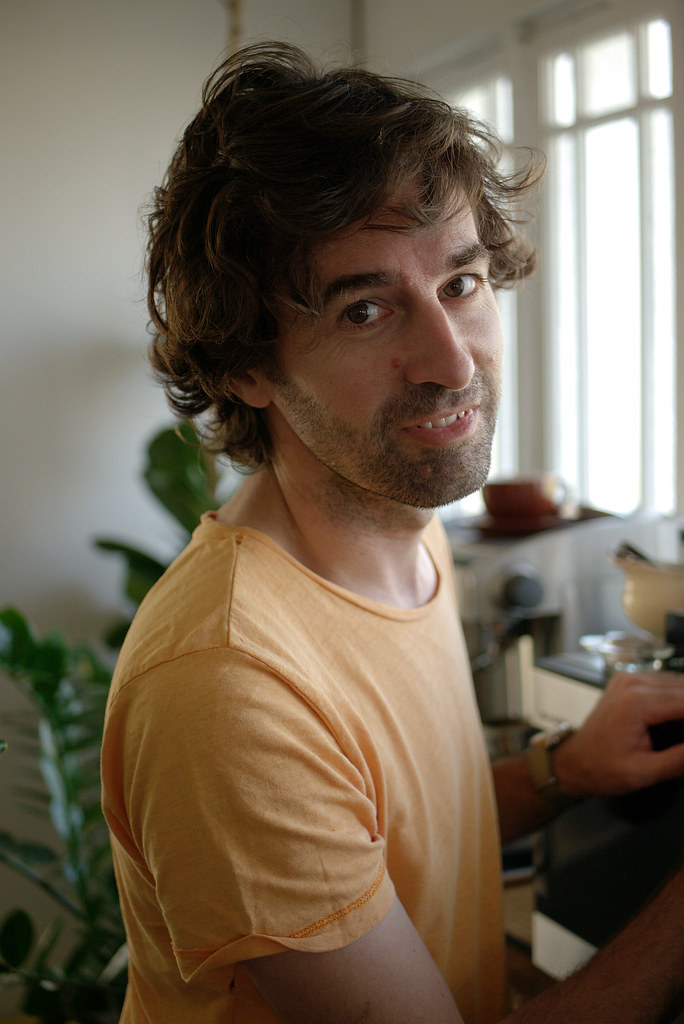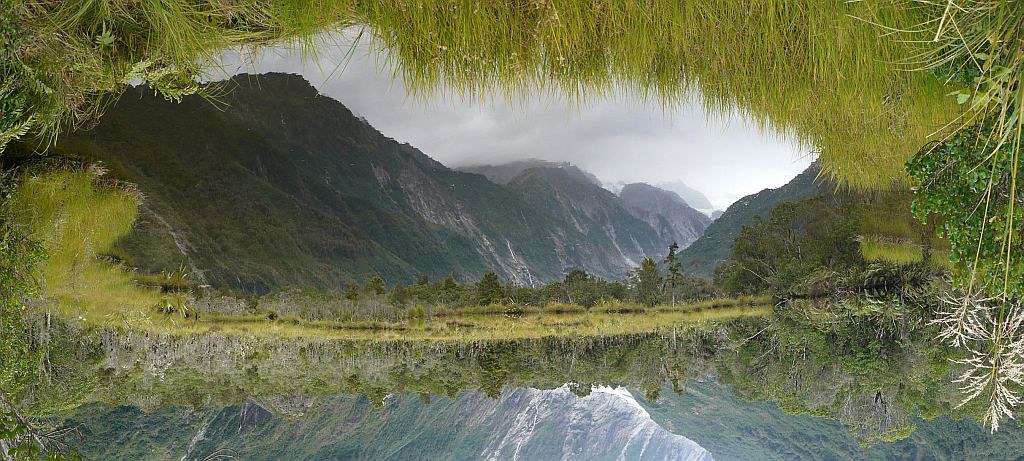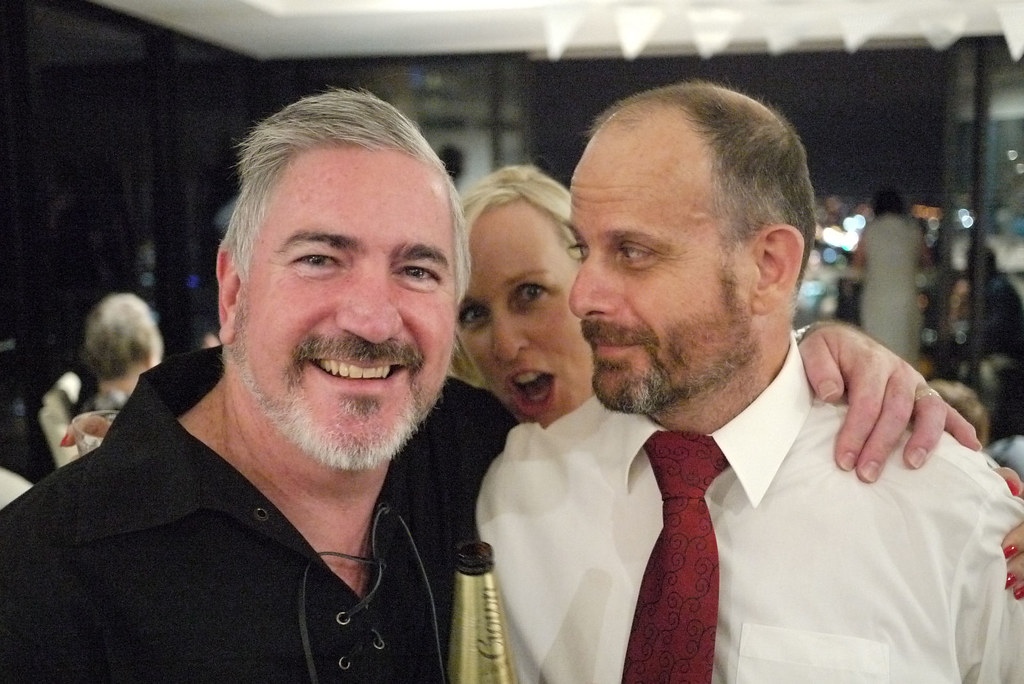So this is my quick review of how the lens performs for me and how it fits with my equipment , style and needs.
Readers of my blog will know that I've long wished for a shallow normal, for example read these links dating back to 2010:
here
here
here
and here
When the Olympus 25f1.8 was released I was tempted, but just felt that it wasn't worth that much to me (they weren't cheap. Then the Panasonic 25mm f1.4 was even dearer (and bigger).
So now with the Panasonic 25mm f1.7 in hand I can say for me I've found the Graile.
Like Goldilocks pronounced, its not too dear, its not too heavy and its just about perfect.
Summary
This lens is great to use, it feels very natural for an old school 35mm SLR camera guy and feels great on my GH1, where it operates perfectly.It feels less perfect on a compact camera, but my view is that such a camera makes subject "engagement" through the viewfinder (what view finder) impossible and when dealing with shallow DoF you'll really need to take care with placement (or take pot luck with results).
There is no substitute for faster apertures in low light, but its a killer outdoors.
The meat
I use a normal lens as (in my view) it was intended. A lens to take general purpose shots: shots which aren't too macro, aren't too telephoto, aren't too wide ... just "normal". I don't use it to take pictures of Mr Potato Head on my keyboard, nor sweeping wide scenery shots (well I suppose if I was stitching then of course).So for me "normal" is also not infinity shots (implies scenery) and not in tight facial portraits (implies telephoto, if you respect your subjects facial features).
My first shot was off my balcony with my camera at 100ISO, and on a sunny day the brightness washed out with my max shutter of 4000th of a sec.
There is no one in this shot, but if someone was standing beside that pole it would be a "normal" sort of shot of them in front of the scene ... and man, is there great details in that pole, both in sharpness and in subtle textures. That's a camera JPG, but here is a dcraw development of that image at 100%:
This serves to show a few things:
- how much better dcraw is over in camera JPEGs (which I've mentioned many times here) and
- there are obvious colour differences between the camera selection and the RAW processors selection.
- there is better tonal handling (note clouds in background) in RAW
- CA is almost non-existant
I've read a few Wangers (term explained here) mention the lens has significant CA ... well just like I expect from Zombies of Moronity (from King Wang) they either haven't got a clue what CA looks like, or they don't even know what it means (probably both).
ePhotozine have done a review on the lens (here) and they rated it as Low CA ... have a read of their tech analysis.
Before looking at more images, I wanted to show the lens in perspective (as Foghorn Leghorn would say "I say, that's a pun boy"). So here are my three native m43 lenses which cover "normal".
The 20mm is perhaps a little wide (but I love it as general lens too, and its fast), then there is the 25, and then my faithful 14-45 that came with my G1 so many years ago. This is a great general purpose lens and (of course) covers normal.
Now I love the 20 on my GF1 because it is it more compact and fits in with the compact design philosophy:
But the new 25mm is (to me) a bit unweildy on it.
So to me the 25f1.7 is more suited to an SLRalike body such as my GH1 or an OM-D
Where the size feels natural, neither too small (which I sometimes feel about the Oly45mm f1.8) nor obtrusive. And while the 20mm isn't in the way, its sort of a bit pointless in terms of saving space ... when the rest of the camera doesn't really feel minimalist
So in my view the Panasonic 25mm f1.7 is really designed for the mindset of a camera like GH series or the OM-D series.
So with a contemplative engaging type camera we can use the 25mm to have some good renderings indoor in low light, using natural light not needing (yuck) on camera flash.
I took this set to compare the 25mm to my 14-45 set to 25mm (and interestingly the zoom markings are pretty spot on too). I wanted to see what I'd see.
If you click it you can load a full sized image and pixel peep around the place, but here is the center at 100%:
Notice how quickly the DoF falls off? Her locks are sharp on her forehead and the weave of the cotton visible, but by the back of her neck its really softening.
Now, lets look at another shot taken with the 14-45 zoom at 25mm wide open (which BTW is f4.9)
DoF is now no longer shallow, and there is that "phone cam" look about it starting to appear. Also, if it looks soft ... well here's why:
Motion blur ... so while a Wanger will tell you how good their IBIS is at allowing an extra 2 stops of shutter, its pointless when the subject moves ... and folks, if you didn't already know it, kids move ...
IBIS or OIS just ain't helping here is it ... Shutter speed is your best friend on this sort of work.
So the Panasonic 25mm f1.7 gives you something that the Zoom just can't ... shutter speed! So maybe you can find at f2.8 zoom that covers that range, but to me, even f2.8 isn't the same as f1.7 in neither DoF nor Shutter Speed. Plus such a zoom will be expensive and heavy, while the Panasonic 25mm f1.7 was well priced and light. So to me the 25mm f1.7 is perfect to toss in the bag (adding almost nothing to weight) and bringing to the table something wonderful, when your 14-45 is your main versatile picture taker (and outdoors it will be ideal).
Lastly on the little girl is this segment of a shot, a pixelpeeper who isn't skilled will probably whinge on a forum that the lens isn't sharp ...
But the fact is that if you look at the shirt pattern and the locks of hair over her ear the answer is that the focus was on them. In these shots I relied on the Face Detect AF to give me capture quickly as manual focus would have been a bit tricky with a fast moving subject who doesn't sit still ... when there is no 'recognisable face' (meaning two eyes and a smile) then the camera defaults to picking a focus point it wants ... and may miss.
Here's another shot from the day, of my wonderful host, in this I used manual focus and got the focus on his face exactly where I wanted it (click image for a full size version).
Its a hand held shot perhaps a little tighter than is ideal for a portrait (I'd prefer to have stepped back and used my 45mm f1.8) but it just goes to show how well the 25mm can do as a portrait lens ... in a pinch. Certainly better than the even wider 20mm f1.7. This shot also shows how well the lens handles flare and CA in what is a challenging shot for lighting.
Miles even took a shot of "Yours Truly" with the camera and found the MF (which auto enlarges the viewfinder) to be easy and accurate.
Conclusion
The little Panasonic 25mm f1.7 is a fantastic buy. It comes with a hood (if you could be bothered with such) and gives the photographer who knows what he's doing a great tool with which to make great shots.I now no longer look wistfully at my 35mm or full frame gear as the shallow normal I want is here in my hands now.
Better than the "nifty fifty" of my EOS days, this lens is good corner to corner at f1.7 while the 50mmf1.7 normally needed stopping down to avoid softness, corner softness and vignetting. While there is some of that on this lens, it really is so minor that you probably won't even notice it unless you go looking for it.
If you take photographs that are of the nature shown here, then I'm sure that you'll be really glad you got one.




























































